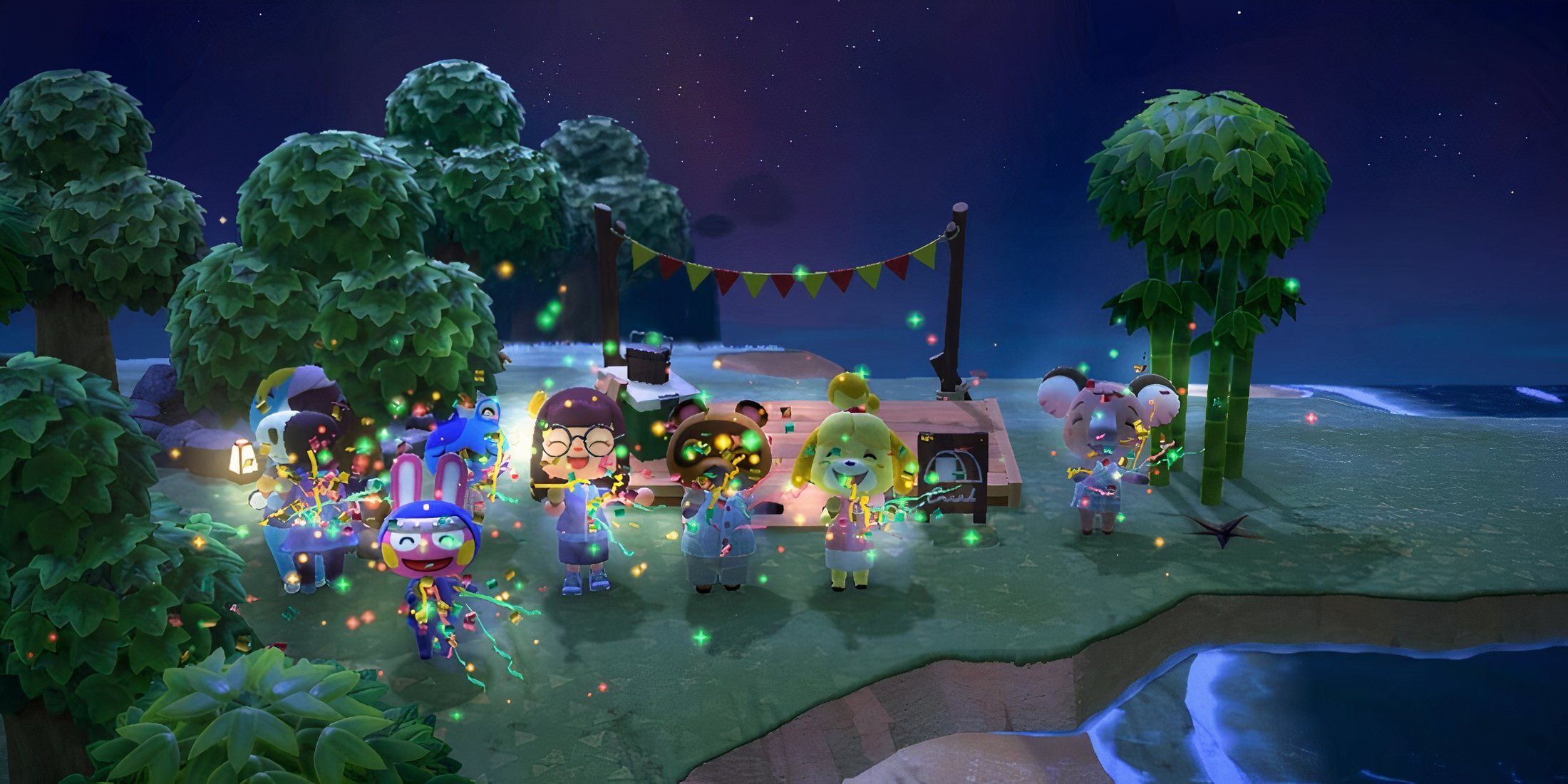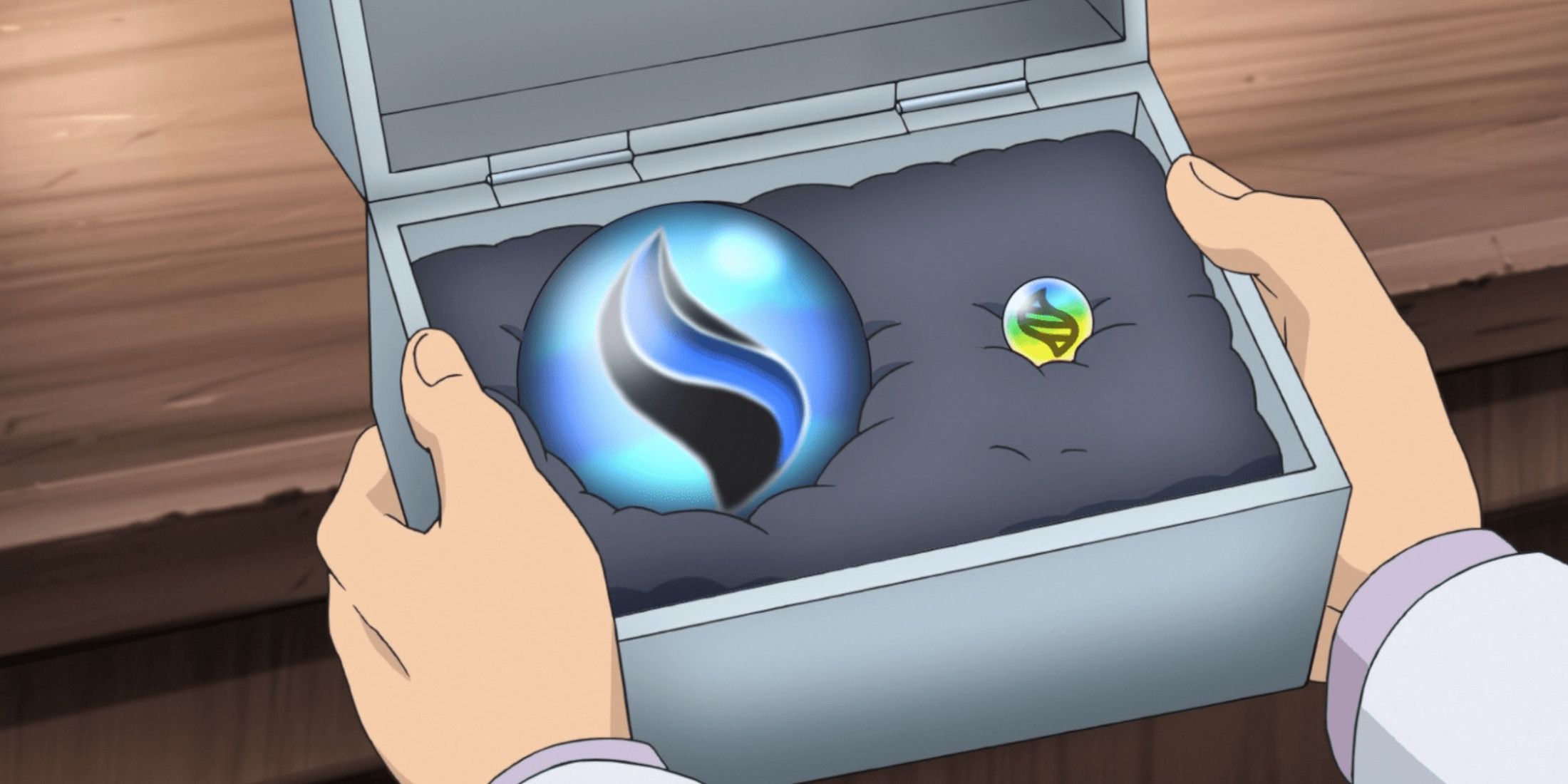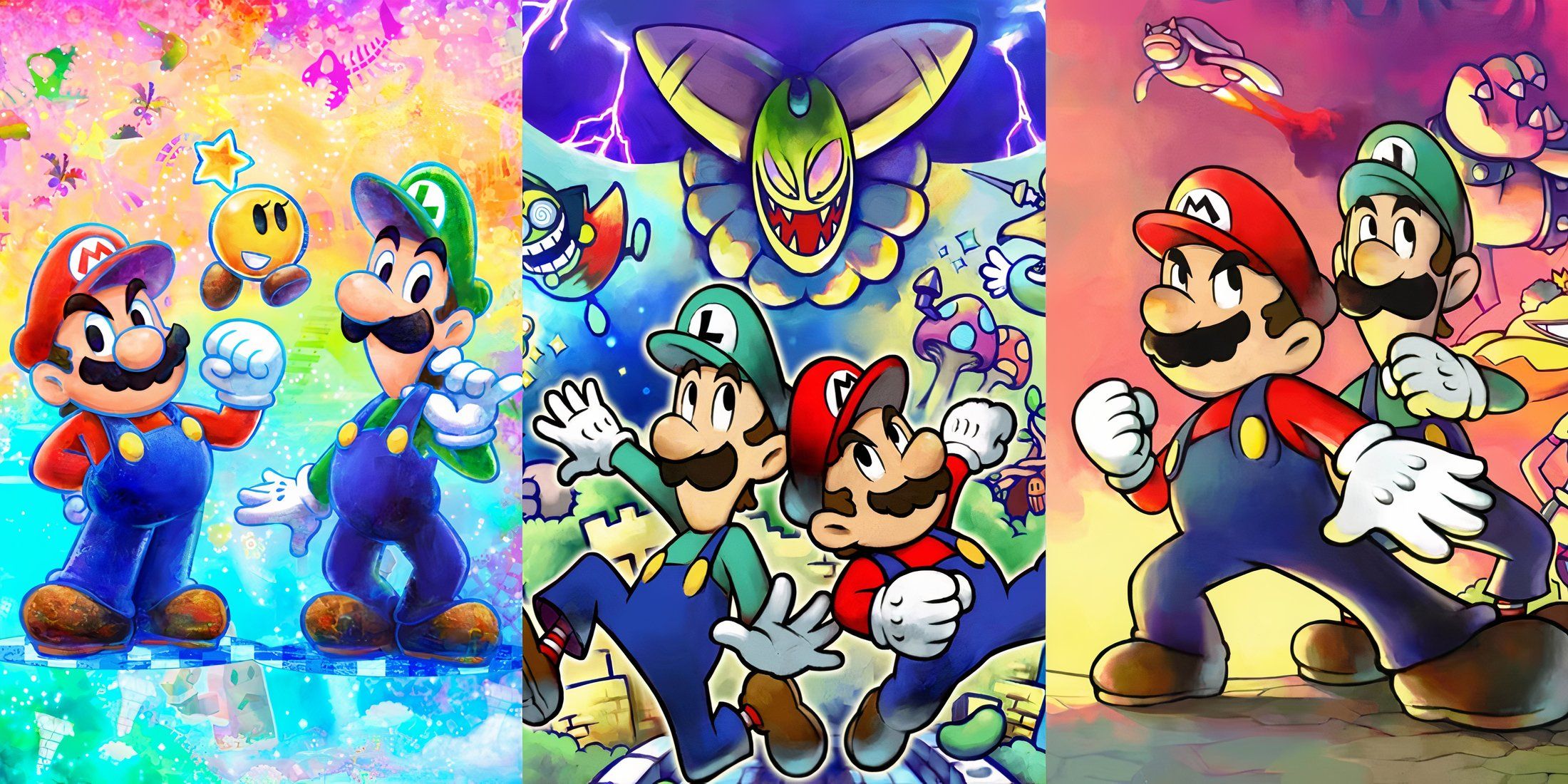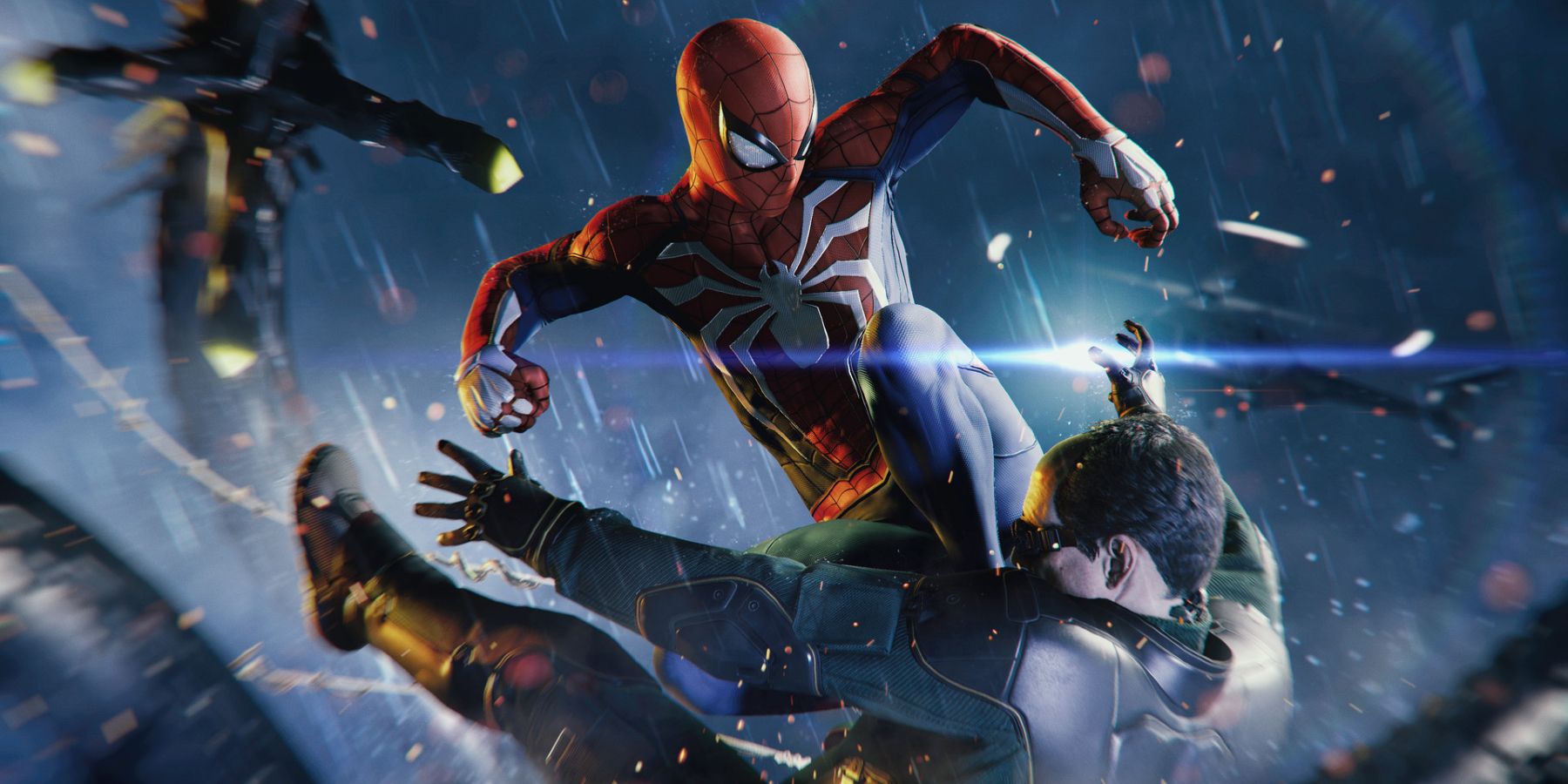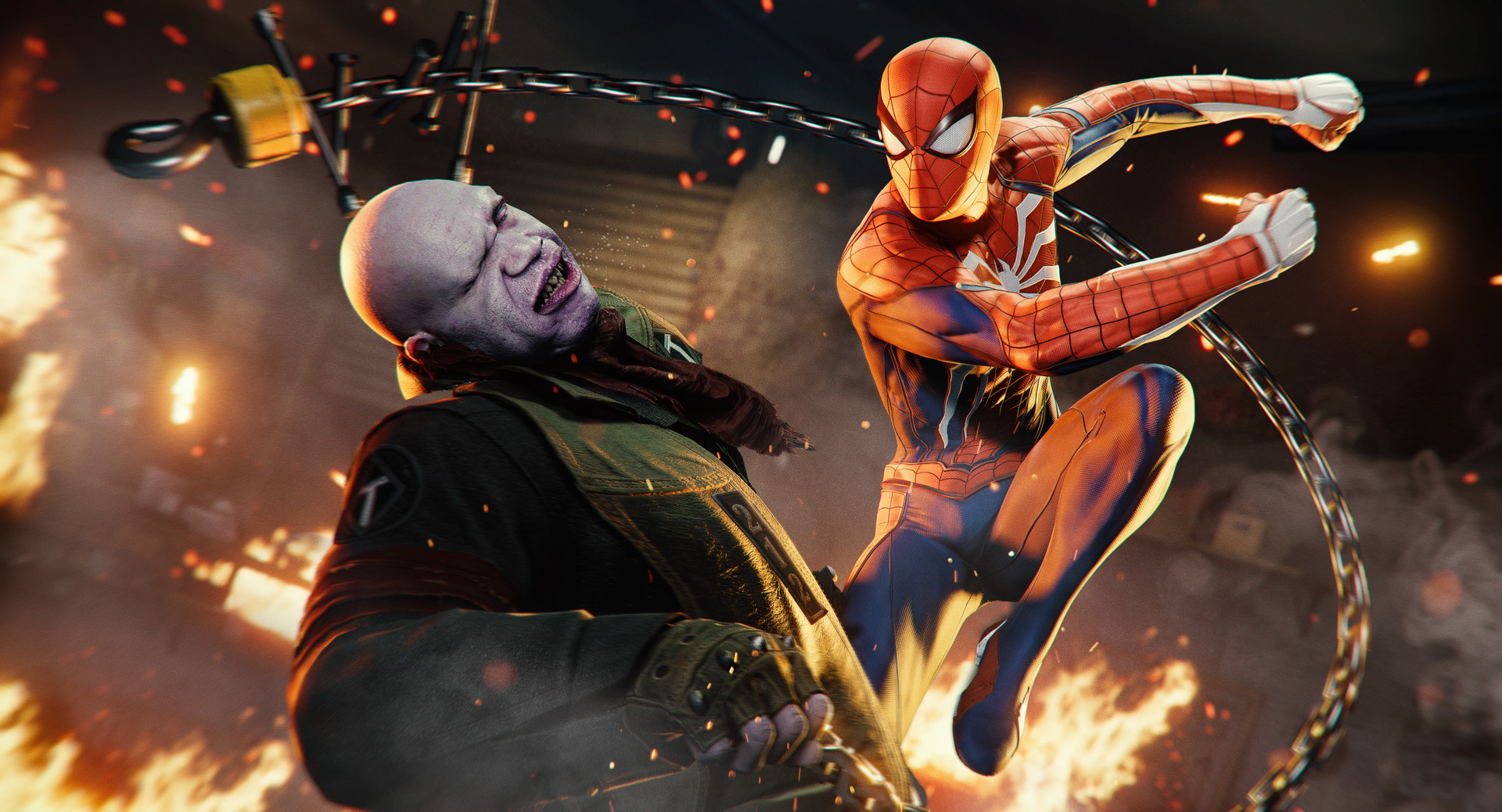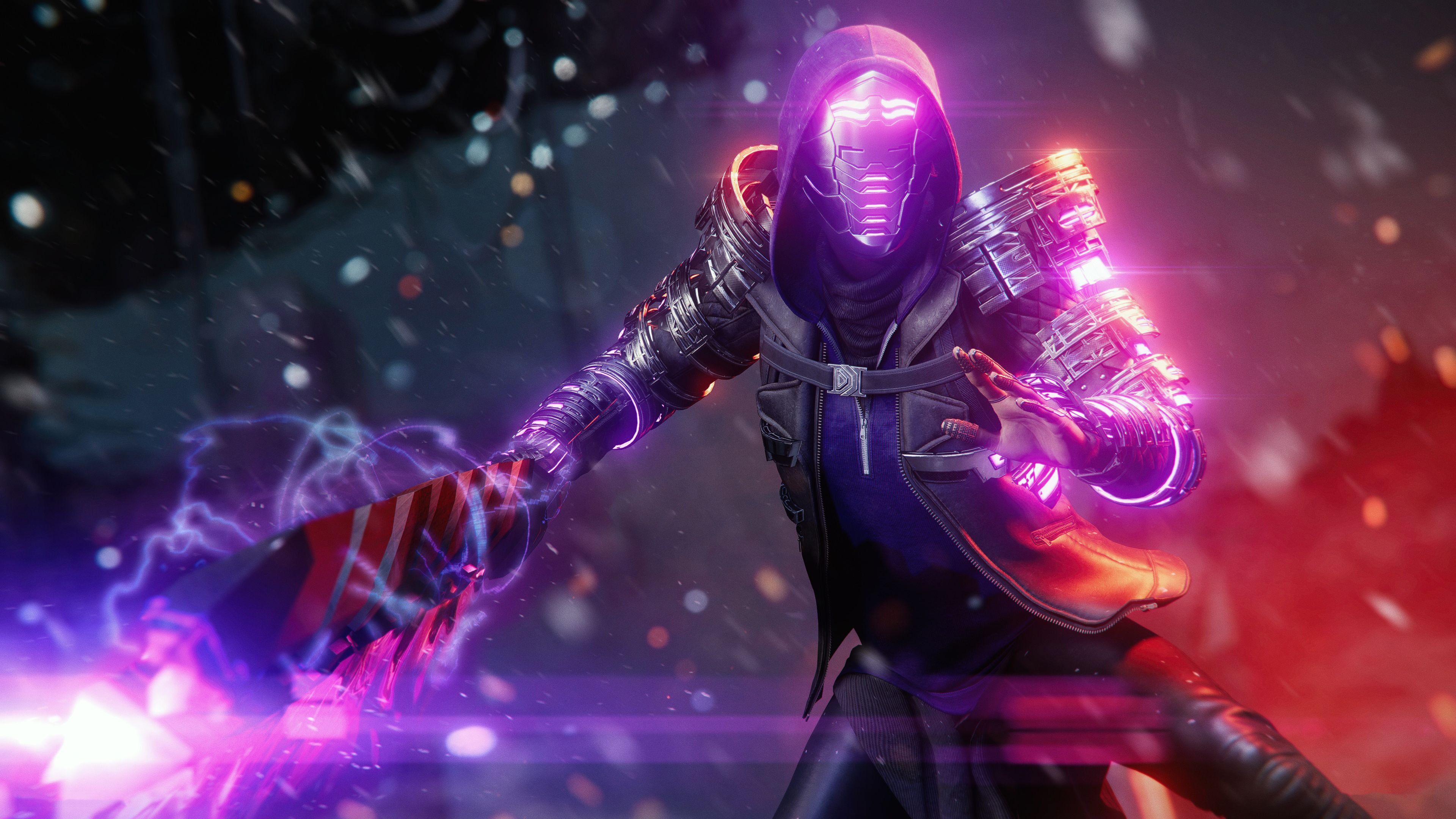Marvel’s Spider-Man features many villains and alludes to even more through collectibles that offer subtextual lore. This establishes different characters in Marvel’s Spider-Man’s original continuity whether they make a direct appearance or not, making its narrative well-rounded and lived-in. Some characters are introduced during the events of Marvel’s Spider-Man, while some have been around for Peter Parker’s eight-year career as Spider-Man. Either way, how Insomniac has handled the treatment of these villains sets the game up well for future installments.
It is quite common in superhero media for characters to be killed or otherwise written out of the narrative. While there can be powerful narrative reasons for these villains to be killed off, many popular evil characters have seen their stories end earlier than some fans would like. There is always the chance they could be revived somehow through the superhero fantasy, but it is nonetheless great thus far that Insomniac has refused to kill any of the main antagonists in Marvel’s Spider-Man.
Marvel’s Spider-Man Spared Antagonists Can Return in the Future
Marvel’s Spider-Man’s Sinister Six were a great addition to the game, especially helmed by the Master Planner himself, Doctor Octopus. This villainous team, who had no bearing in the game’s continuity beforehand, included Doctor Octopus, Vulture, Rhino, Scorpion, Electro, and Martin Li’s Mr. Negative.
Marvel’s Spider-Man also featured antagonists such as Kingpin, Shocker, Tombstone, and Taskmaster, with antagonists Screwball and Hammerhead appearing in post-launch DLC expansions. It can be argued that Hammerhead may be deceased following the events of the DLC, though that is mostly left ambiguous.
Hammerhead is such a bottom-tier antagonist in Marvel’s Spider-Man that Insomniac could easily get away with abandoning the character without fans missing him in his absence either way. Otherwise, no antagonist dies. Li’s conclusion is similarly ambiguous in the base game, but he does not die. Li, although literally and figuratively tossed aside after his boss battle in the game’s third act, is briefly confirmed to still be alive later on.
It is a rare treat that this many antagonists make it through an entire installment, and because they did, it means that Insomniac can feasibly reprise them at any moment. Of course, this is alluded to dramatically with Otto Octavius, who gives an irate stare at the camera while imprisoned in the Raft, teasing that he could return at any moment in the franchise’s future.
Marvel’s Spider-Man Should Only Kill Antagonists for Good Narrative Reason
Marvel’s Spider-Man does not issue any of its antagonists a death sentence. However, the Marvel’s Spider-Man: Miles Morales standalone spin-off did seemingly kill off one of its main antagonists: Phin Mason’s Tinkerer. This character had a lot of narrative significance being Miles’ childhood friend, and her self-sacrifice makes sense as a redemptive arc.
Phin dies a hero and her narrative is neatly concluded in Marvel’s Spider-Man: Miles Morales, but Insomniac is now unable to reprise her moving forward as a result. If there was any more potential Phin could have had as a character or even as a villain again, that has been whisked away.
If knowing who New York City’s Spider-Men are would be too detrimental to the narrative, there is always the potential for an antagonist to die. However, both Peter and Miles have gone out of their way to prevent their enemies' deaths on numerous occasions as killing goes against their personal codes. With all those factors in mind, it may be better for the Marvel’s Spider-Man franchise to keep antagonists alive and imprisoned if narratively plausible in order for them to return later if needed.
Marvel's Spider-Man is available now on PC, PS4, and PS5.

